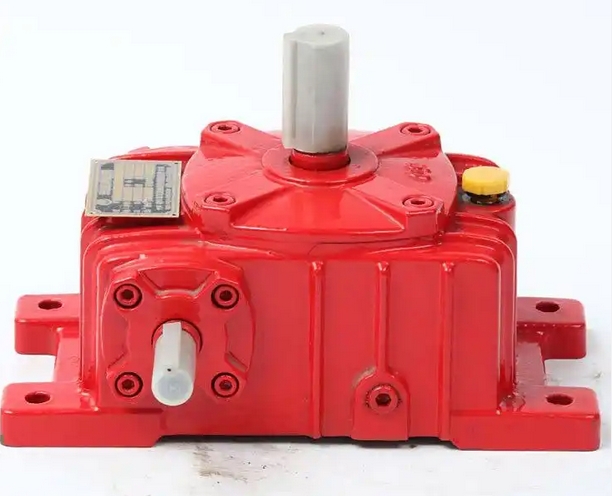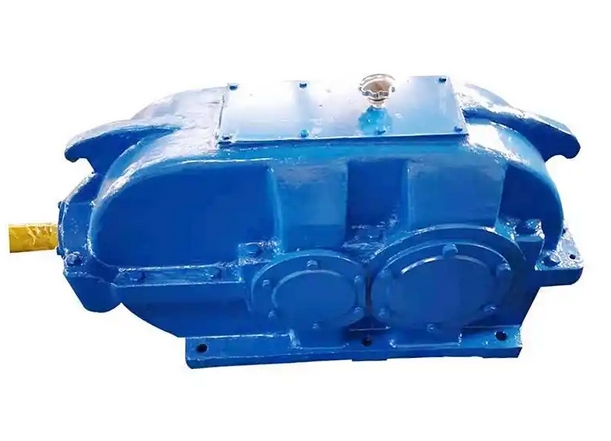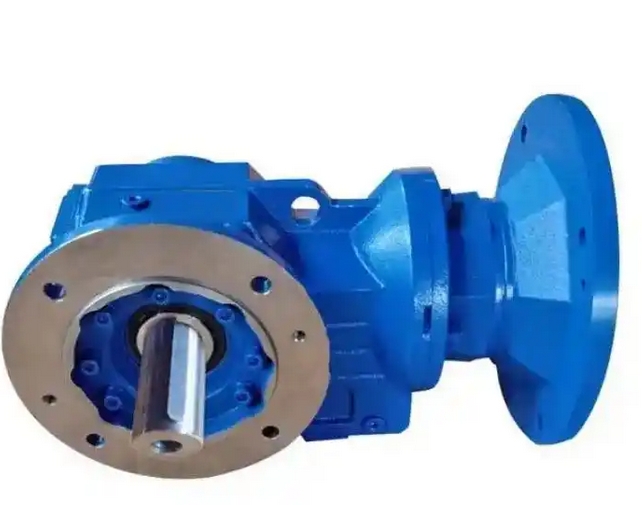What are the possible reasons for the failure of adjusting the clearance between the cycloidal gear and the needle gear housing of XLED95-731-2.2 reducer
The adjustment of the clearance between the cycloidal gear and the needle gear housing of XLED95-731-2.2 reducer fails, usually due to component accuracy deviation, improper installation, component wear, or improper operation. The specific reasons are as follows:Insufficient machining accuracy of parts: If there are errors in the involute gear tooth profile, such as the tooth profile not matching the theoretical design, local contact stress concentration will occur during meshing, making it difficult to adjust the clearance to a reasonable range. If there is a deviation in the spacing distribution of the needle pin holes on the needle tooth housing, it will cause the meshing position between the needle teeth and the cycloid wheel to change, resulting in uneven clearance and ineffective adjustment. In addition, the eccentricity deviation of the eccentric sleeve can also cause abnormal motion trajectory of the cycloid wheel, resulting in the gap not being adjusted as expected.
Serious wear of parts: After long-term use, if the wear on the cycloidal gear teeth, needle pins, and needle sleeve surfaces is severe, such as the wear on the needle pins exceeding 0.1mm, even if adjustments are made, it will be difficult to meet the clearance standards due to changes in the actual dimensions of the parts.

Installation and assembly errors: During assembly, the phase mark of the cycloid gear is not aligned, which is not consistent with the phase of the input shaft eccentric sleeve, resulting in incorrect meshing position and inability to adjust the clearance properly. In addition, during the installation process, if the needle tooth housing is tilted, offset, or the fixing bolts are not evenly tightened, causing local deformation of the needle tooth housing under stress, it can also lead to the failure of gap adjustment. At the same time, if there are problems with bearing installation, such as bearing installation being too tight or too loose, and bearing clearance not meeting the requirements, it will also affect the operating position and clearance status of the cycloidal gear.
Improper use of adjusting shims: When adjusting, the thickness of the adjusting shims used is inaccurate, or in the double cycloid wheel structure, the thickness difference between the shims of the two cycloid wheels exceeds the allowable range, which can lead to gap compensation errors and make it difficult to adjust in place.
Operation specification issue: During the adjustment process, if the bolts are not tightened according to the specified torque and sequence, it may cause the needle tooth housing, end cover and other components to deflect or deform, changing the actual clearance. In addition, if the mating surfaces of the cycloidal gear and needle gear housing are not thoroughly cleaned, residual impurities will affect the assembly accuracy and uniformity of the clearance.
External factors: If the reducer is subjected to frequent overload or instantaneous impact loads for a long time, it may cause an increase in bearing clearance or deformation of the cycloidal gear and needle gear housing, resulting in continuous changes in clearance and inability to maintain the adjustment effect.




